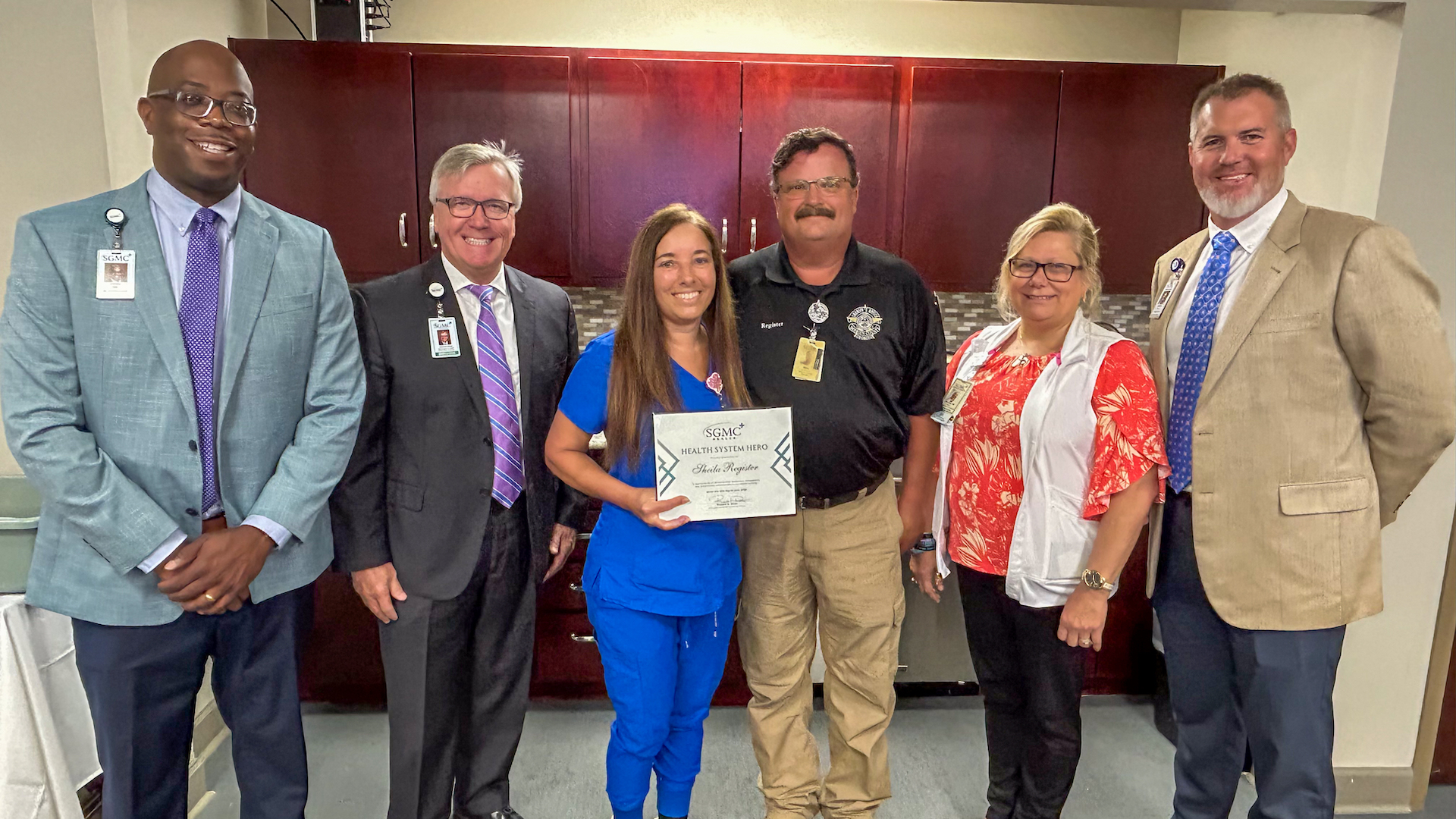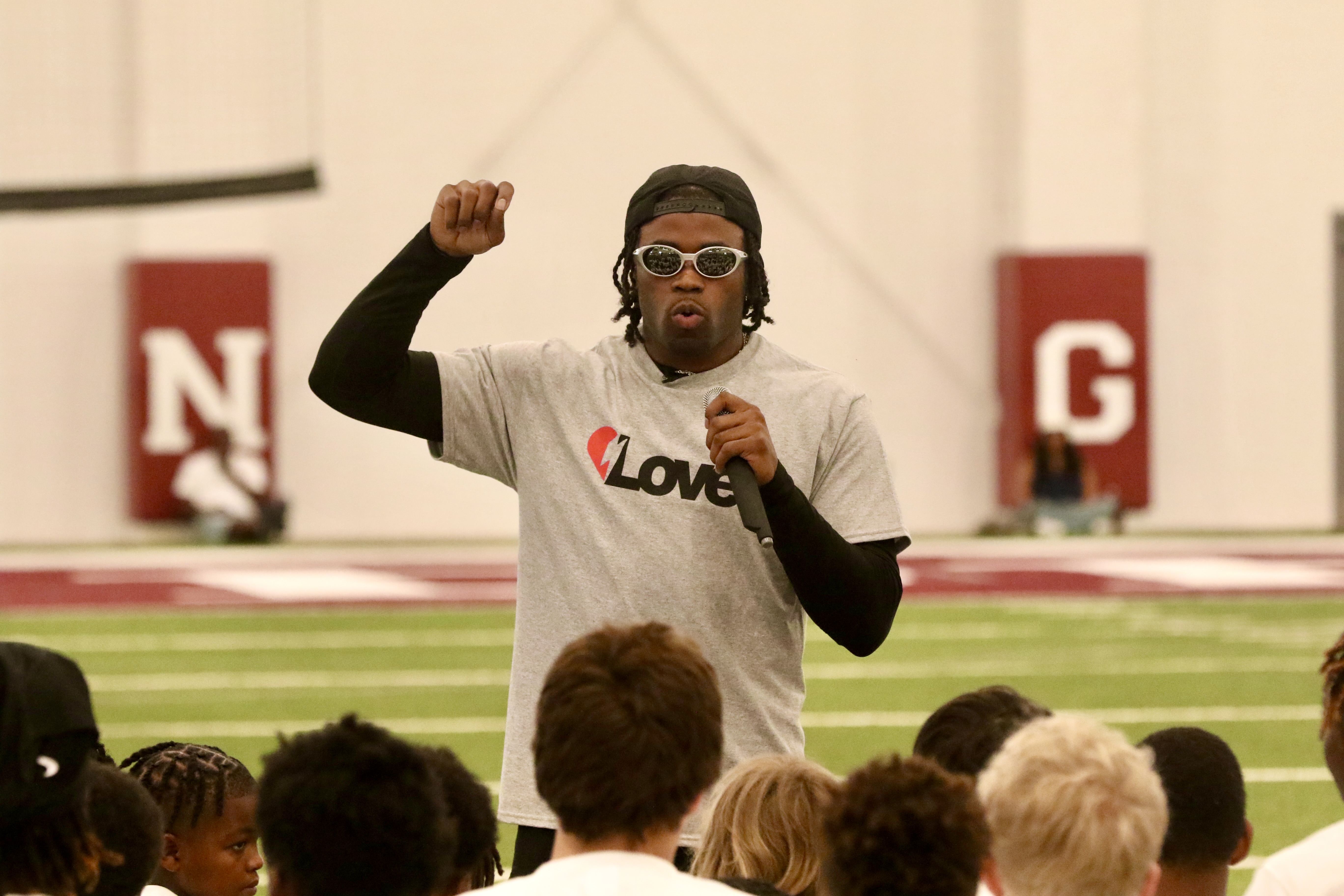Health officials: Kids need exercise
Published 11:00 am Tuesday, January 15, 2019
VALDOSTA – Being physically active is one of the most important actions individuals of all ages can engage in to improve their health, according to a recent study released by the American Medical Association.
Especially for kids.
Childhood and adolescence are critical periods for developing movement skills, learning healthy habits and establishing a firm foundation for lifelong health and well-being, according to South Health District officials.
Parents and caregivers play a critical role in supporting and encouraging children to be physically active and in modeling participating in regular physical activity, they said.
Children younger than 6 years of age undergo periods of rapid growth and development. Pre-school aged children (3-5 years) should be physically active throughout the day through a variety of activity types to enhance their growth and development, health officials said.
Youth, ages 6-17 years, should include vigorous-intensity, bone-strengthening and muscle-strengthening physical activities which are important components to include on three or four days a week, they said.
Unlike adults, youth typically do not develop chronic diseases, but risk factors such as obesity, elevated insulin and blood lipids levels and elevated blood pressure can develop in childhood and adolescence, health officials said.
“Children and youth who are active and learn healthy lifestyle habits early in life, normally have a better chance of leading a healthy adulthood also,” said Dr. William Grow, South Health District health director. “As adults, we should encourage and provide our children and youth with opportunities to participate in physical activities.”
Other benefits from exercise for children and adolescents are improved bone health, weight status, cognition, cardiorespiratory and muscular fitness and reduced risk of depression.
Individuals having a difficult time finding activities for their children or students, can visit the Centers for Disease Control and Prevention’s Body and Mind website at www.cdc.gov/bam for ideas.
Plans for goal setting and tracking activities are available to encourage children to stay with exercising during a time span. Activity cards are available to teach children more about activities they have selected.
“Be creative when thinking of physical activity for children and youth,” Grow said. “The more a person enjoys an activity they’re participating in, the more they’ll want to continue in that activity.”
For more information on the Physical Activity Guidelines for Americans study from the American Medical Association, visit www.jama.com.





